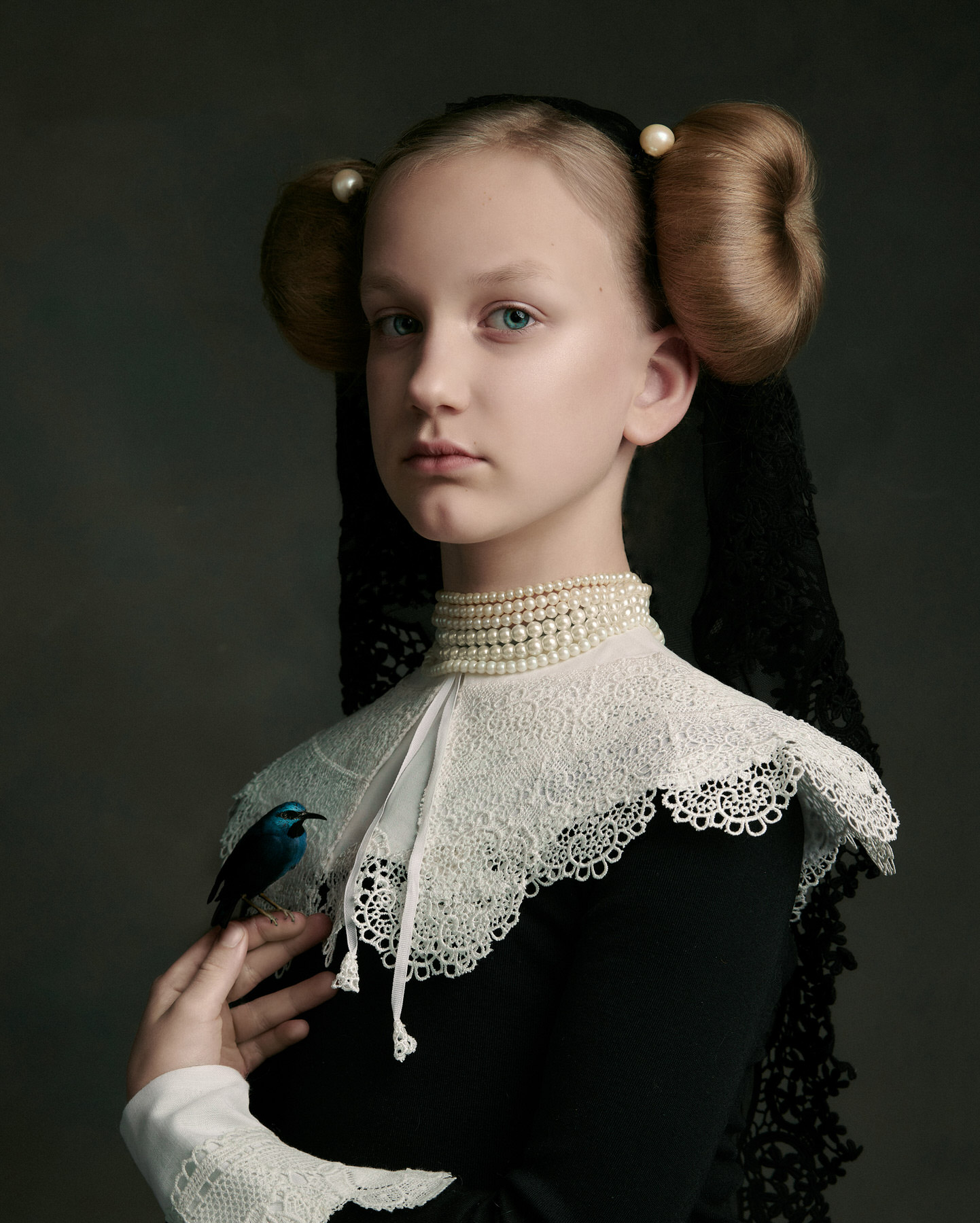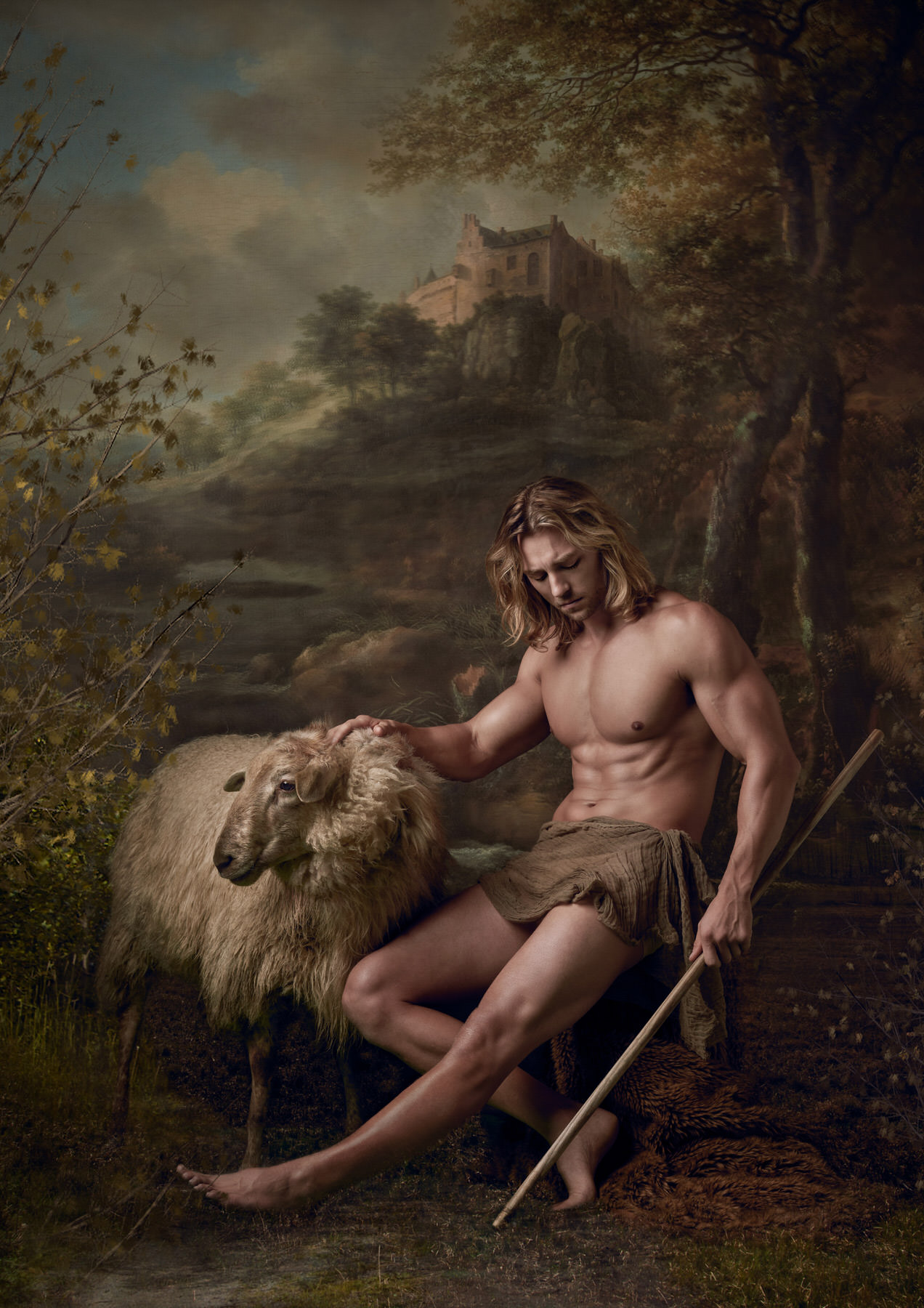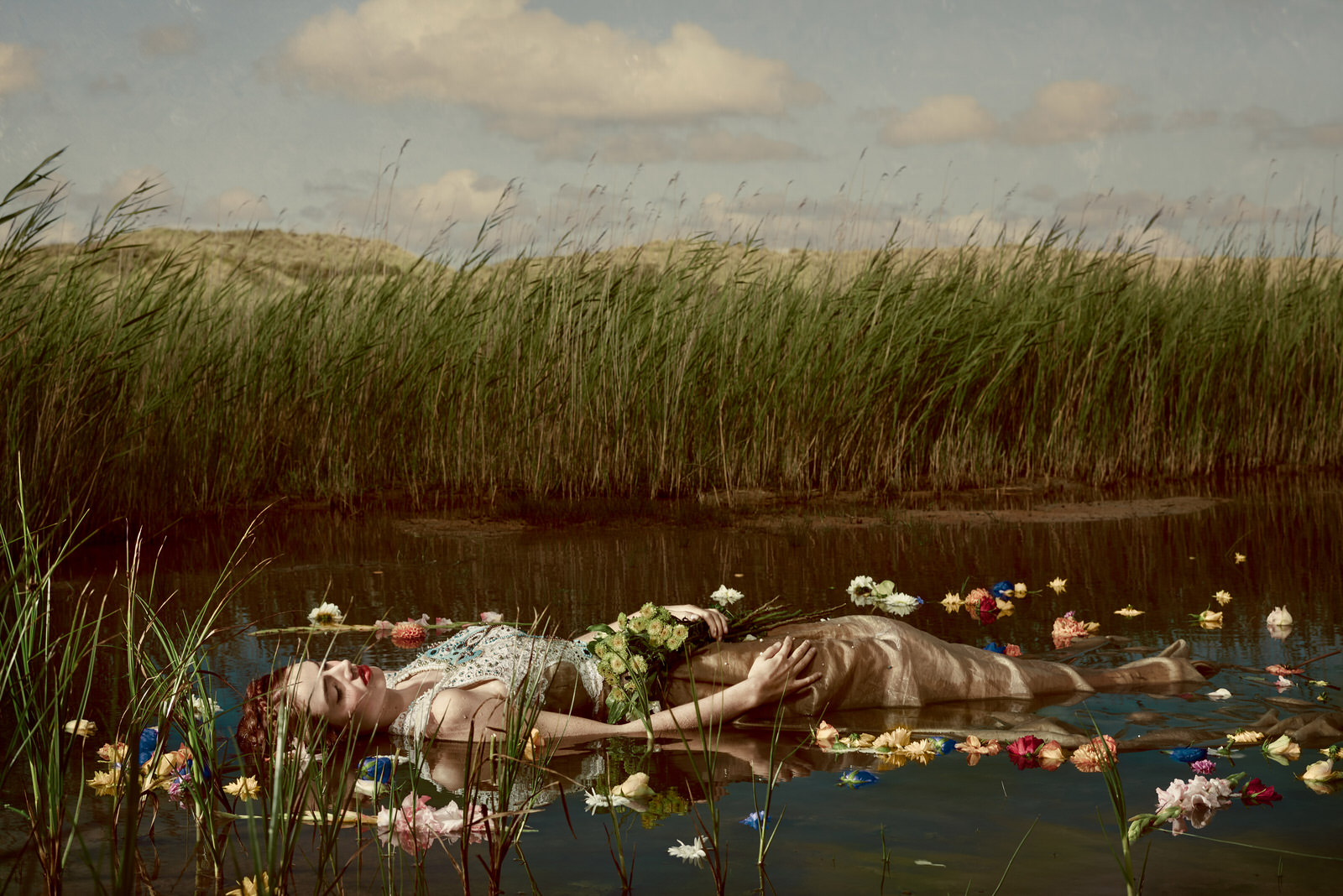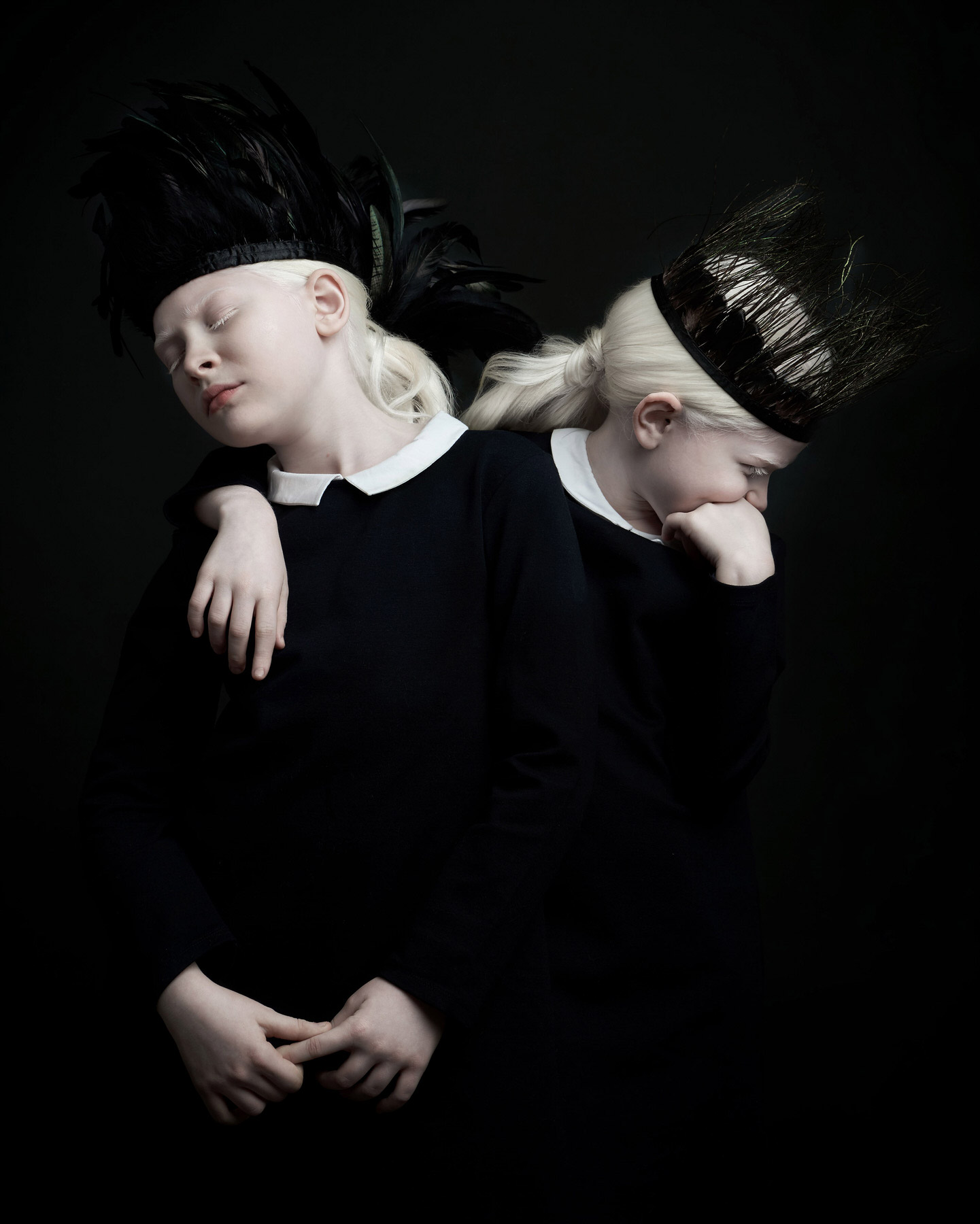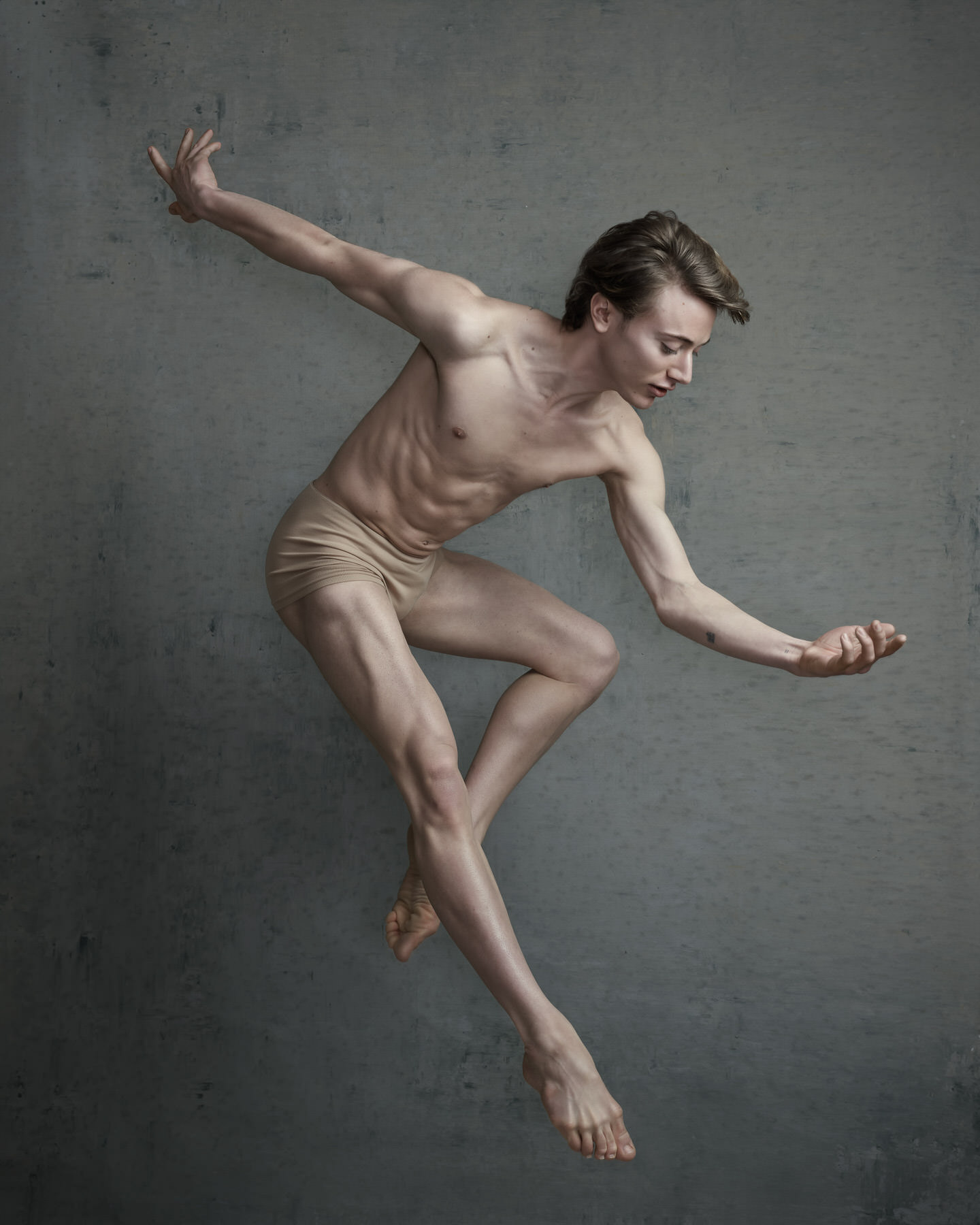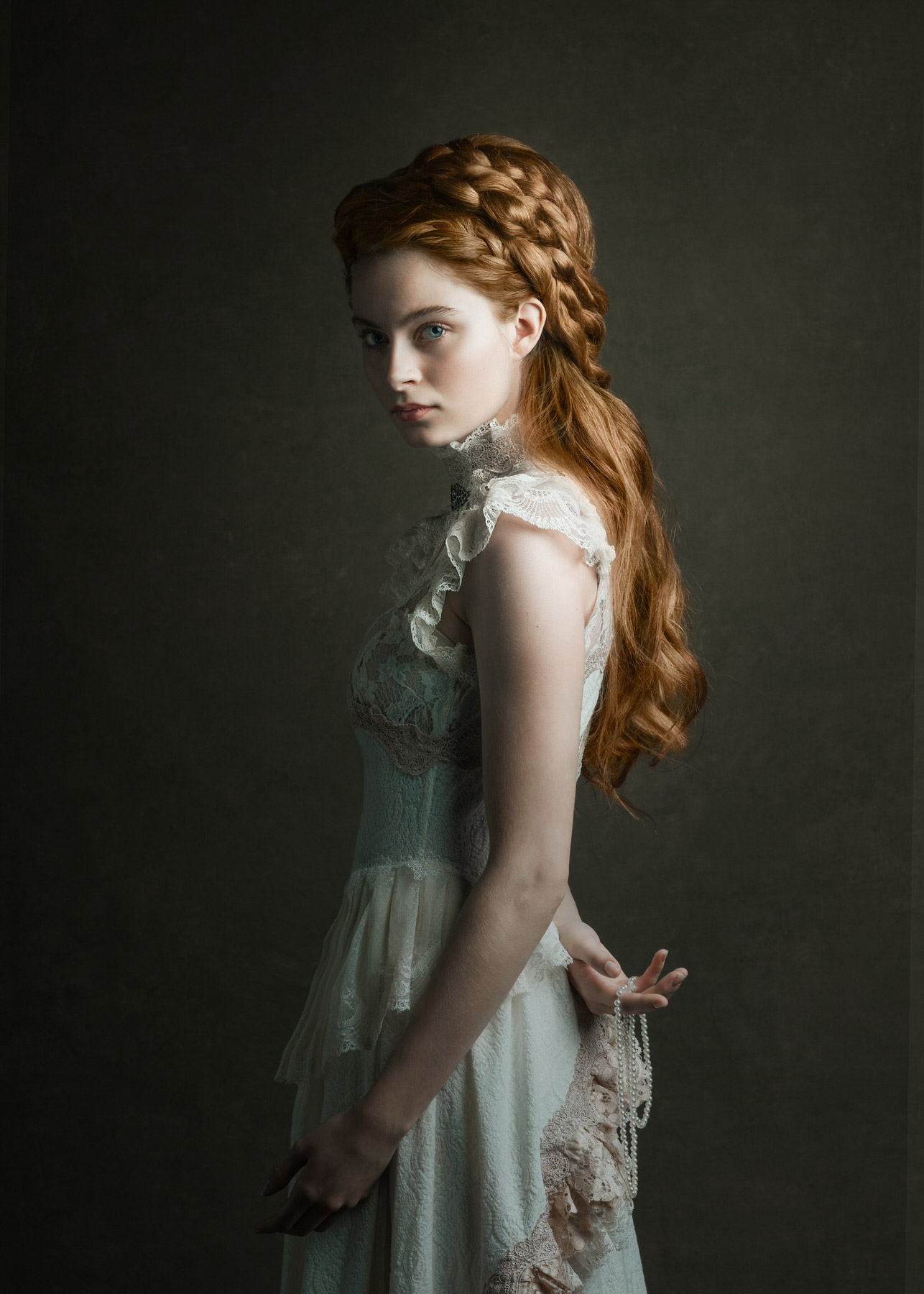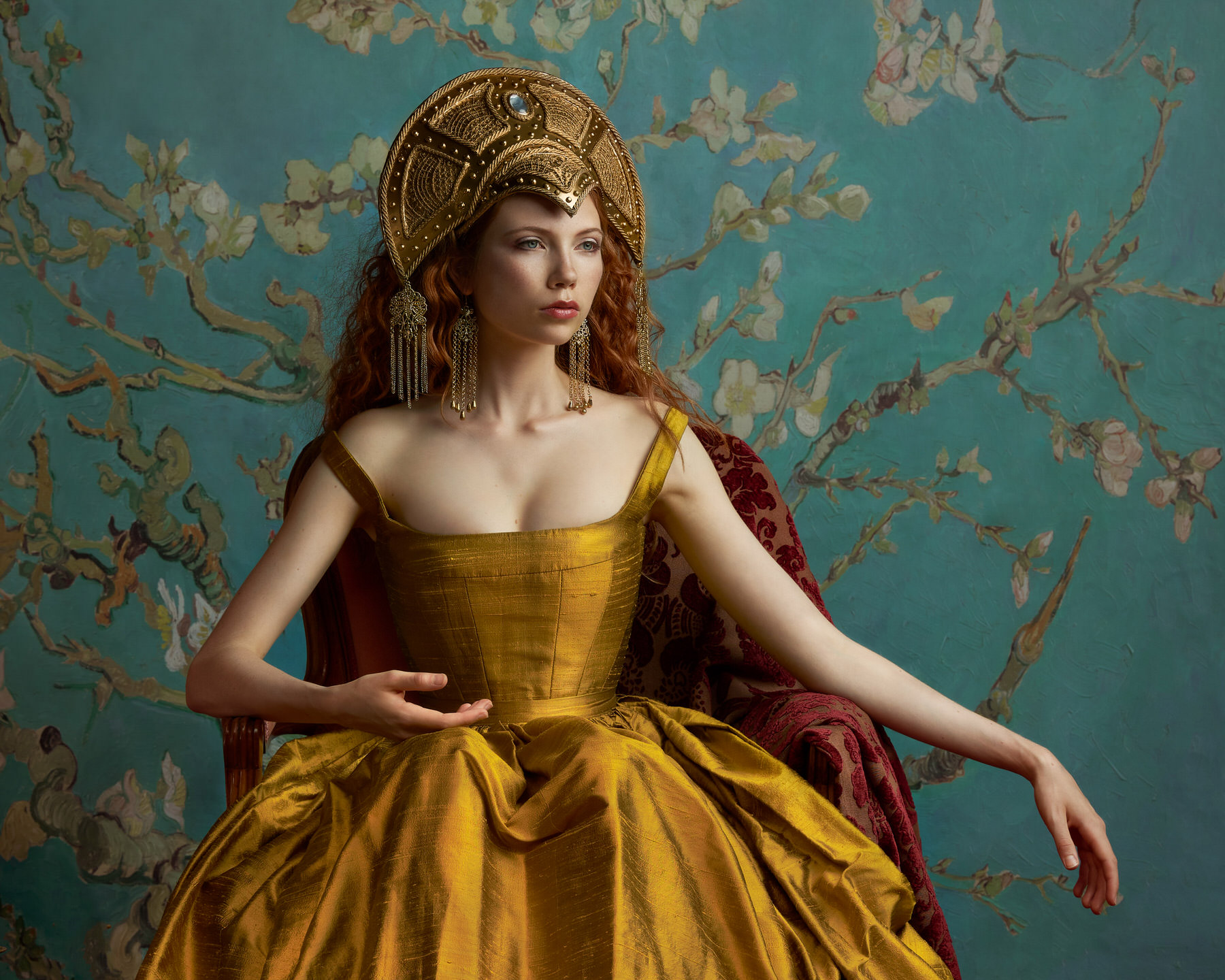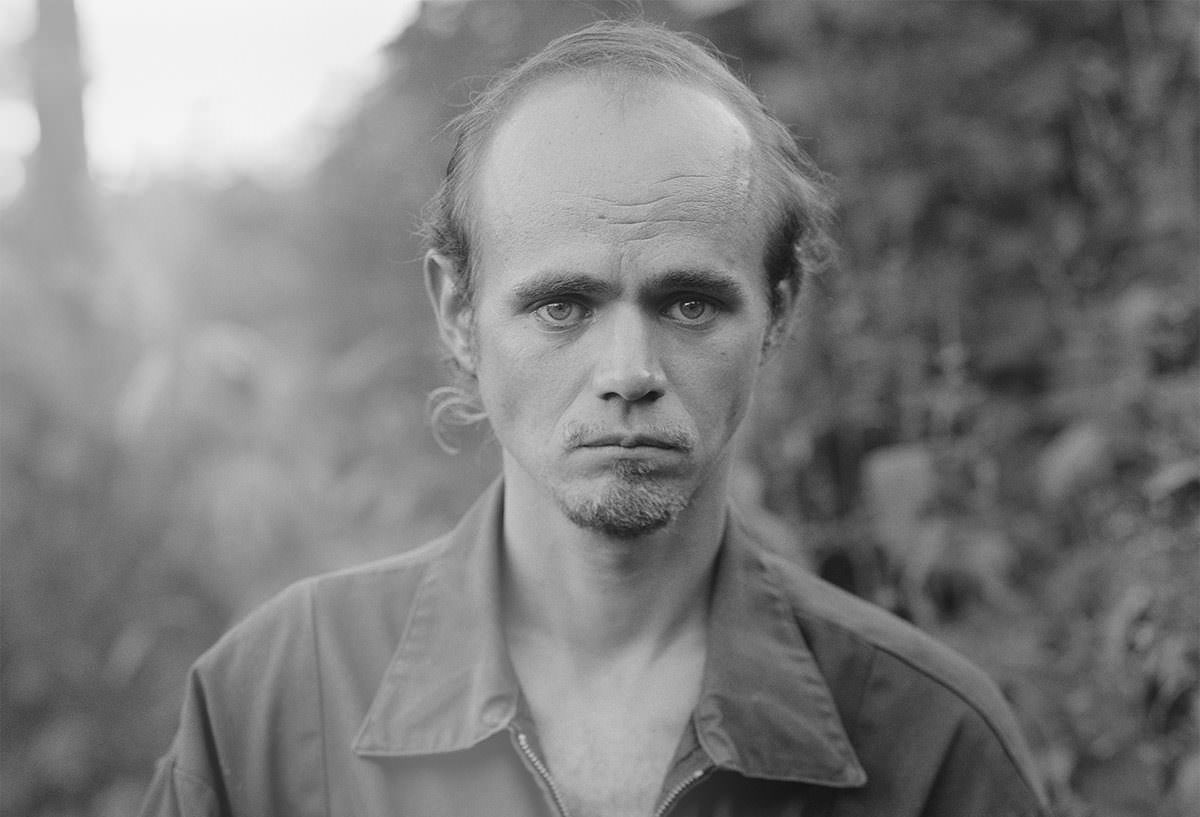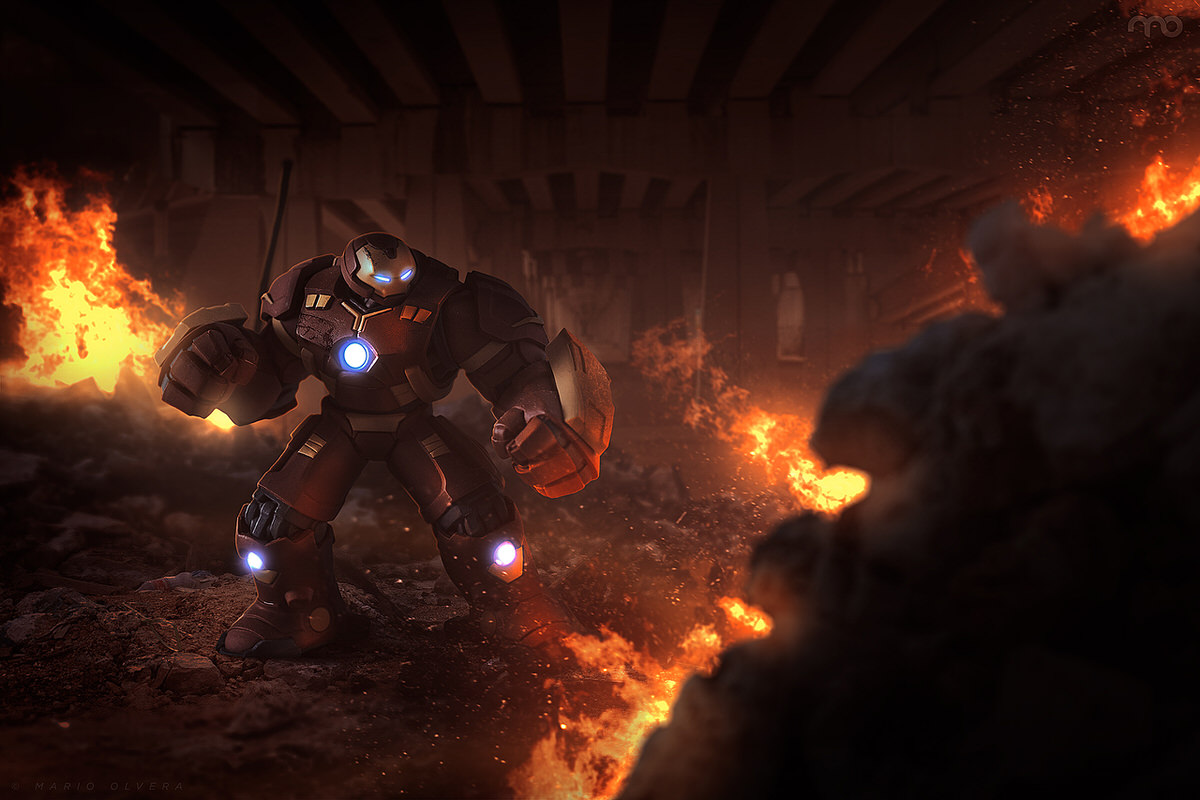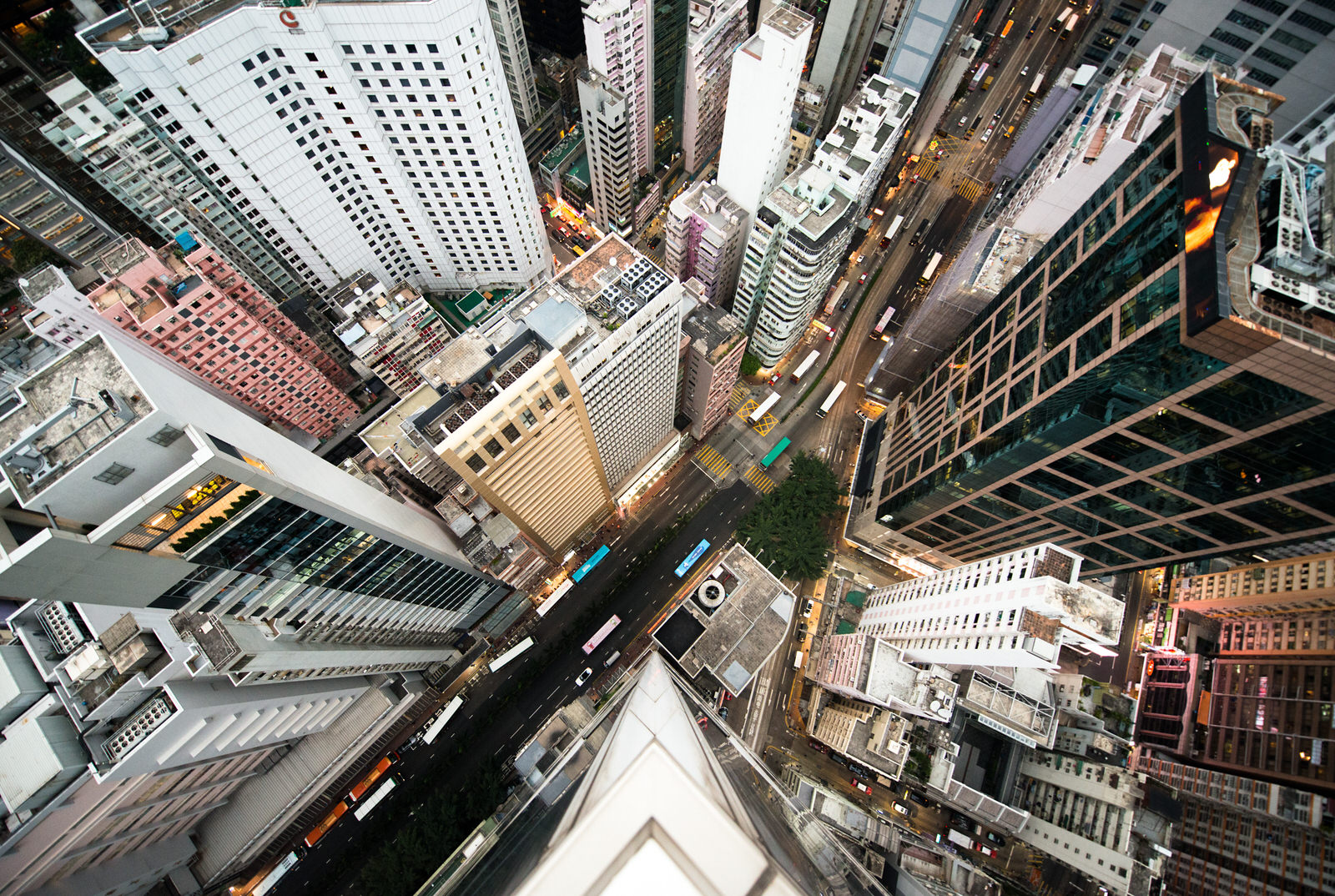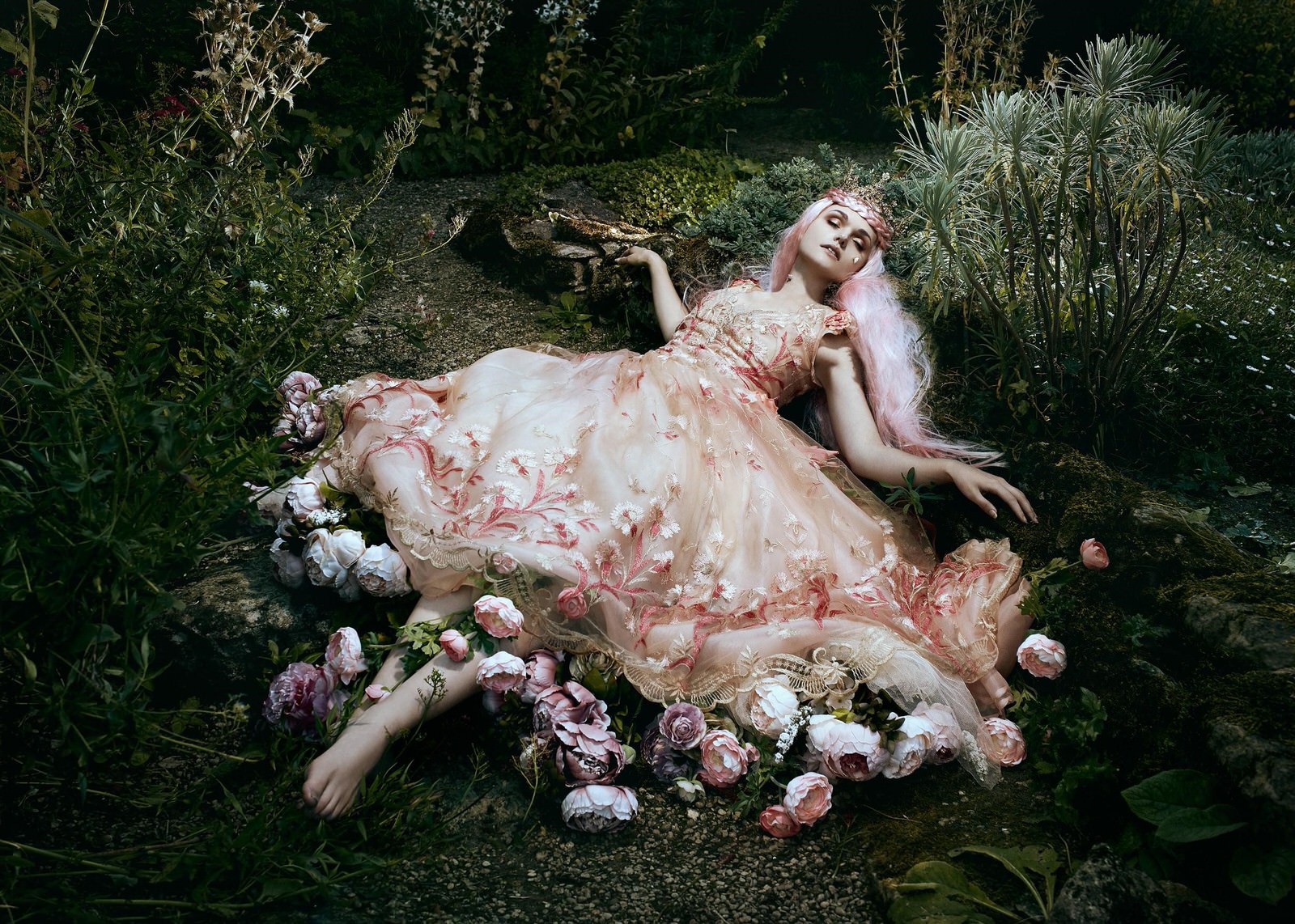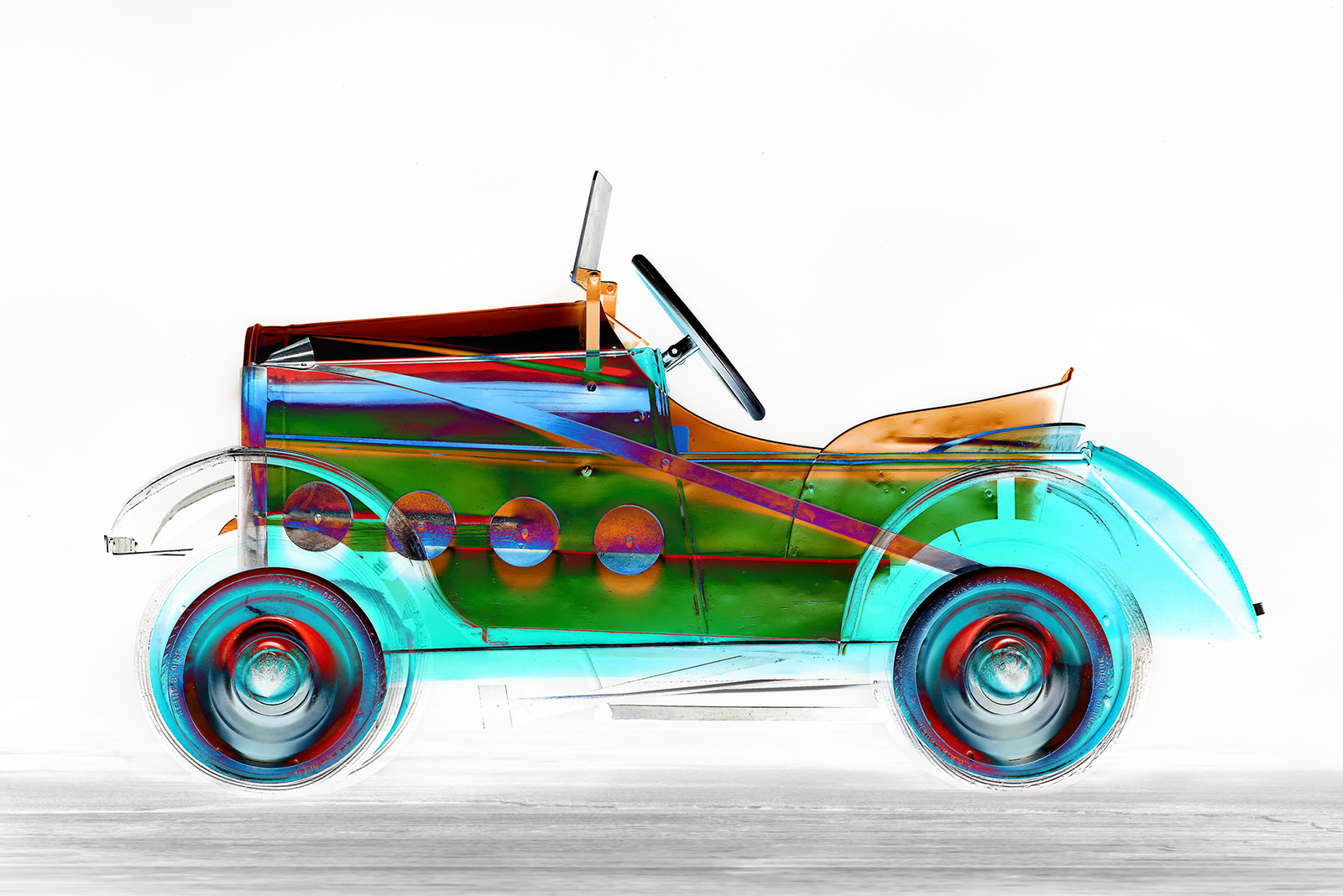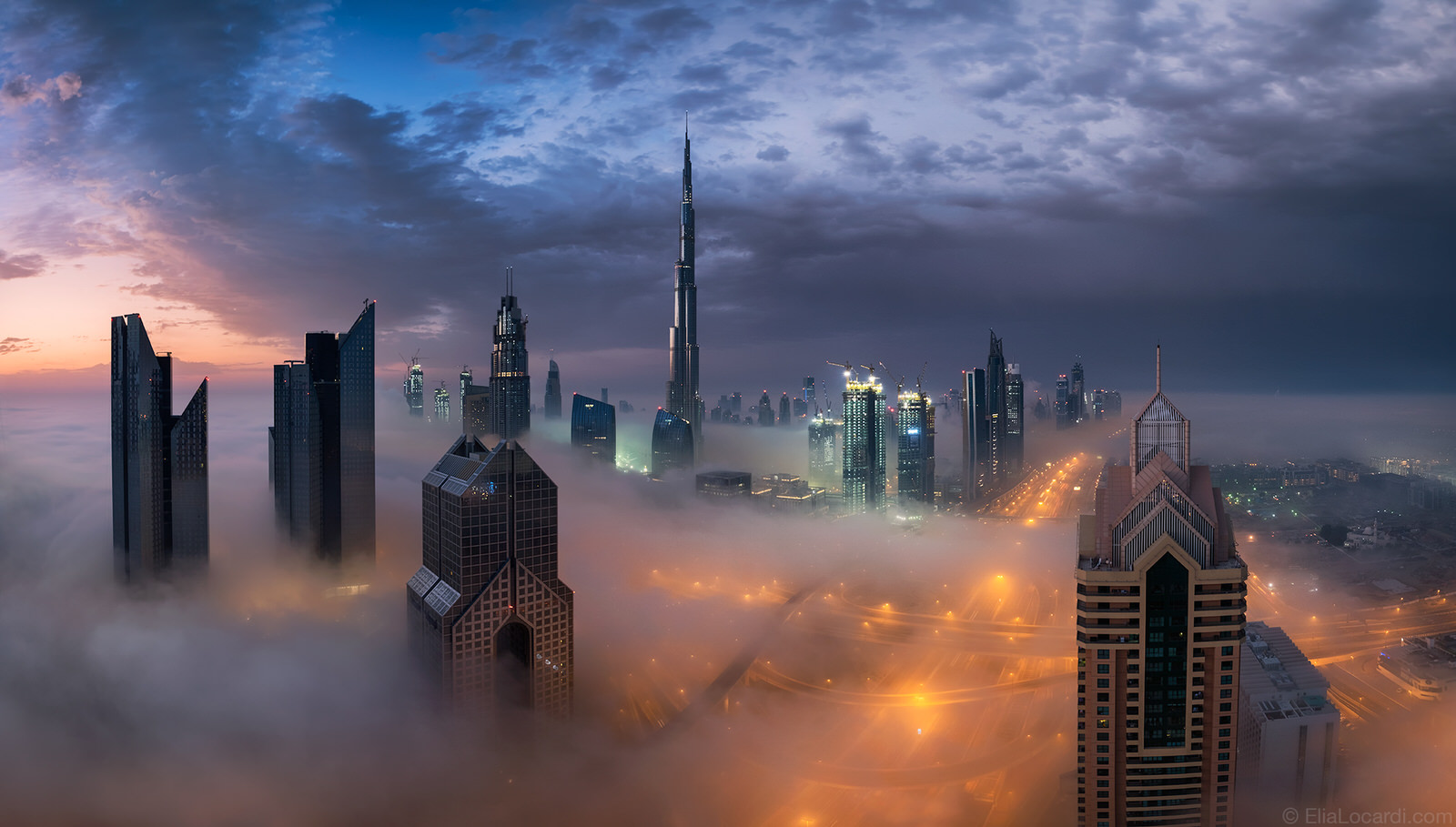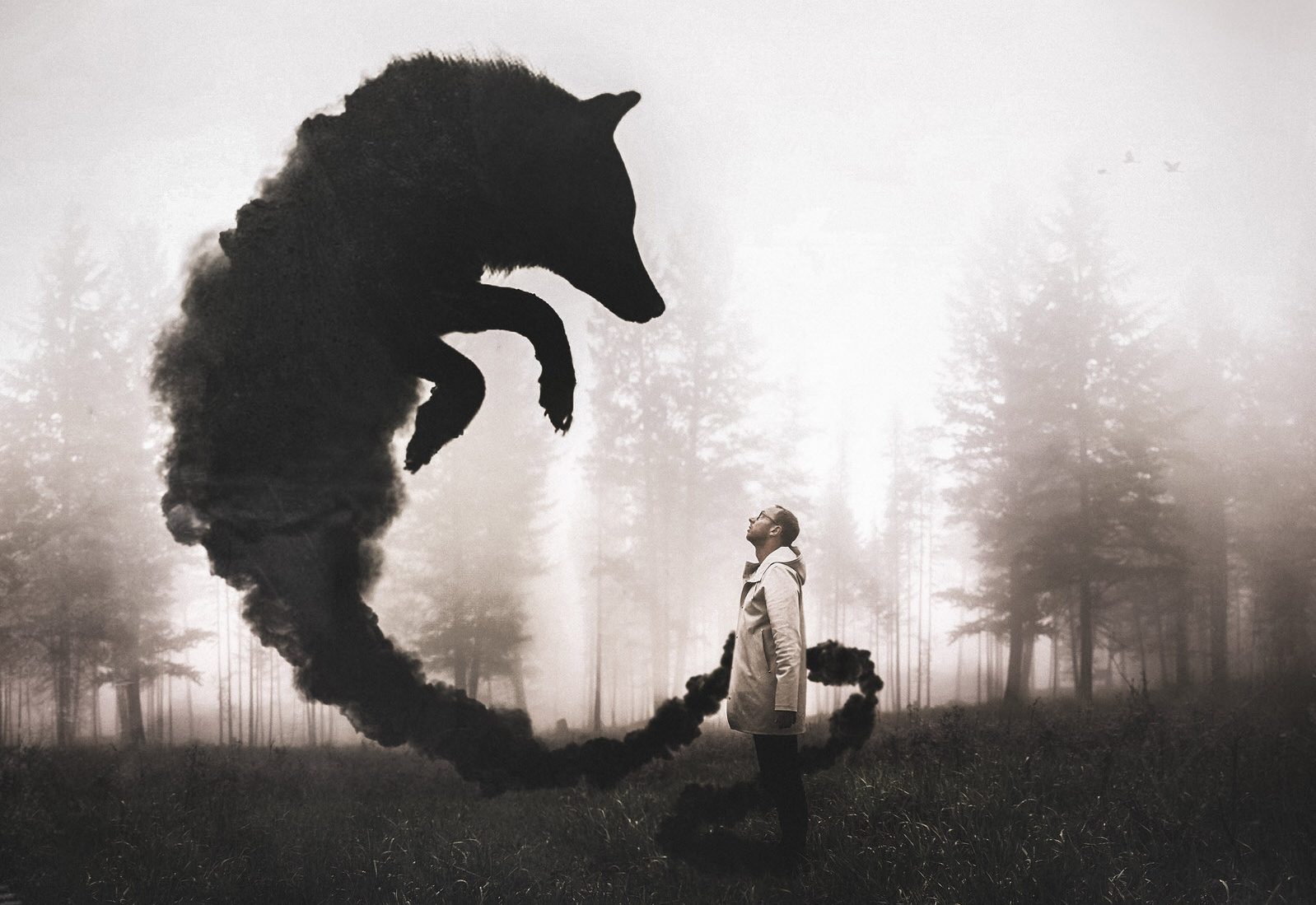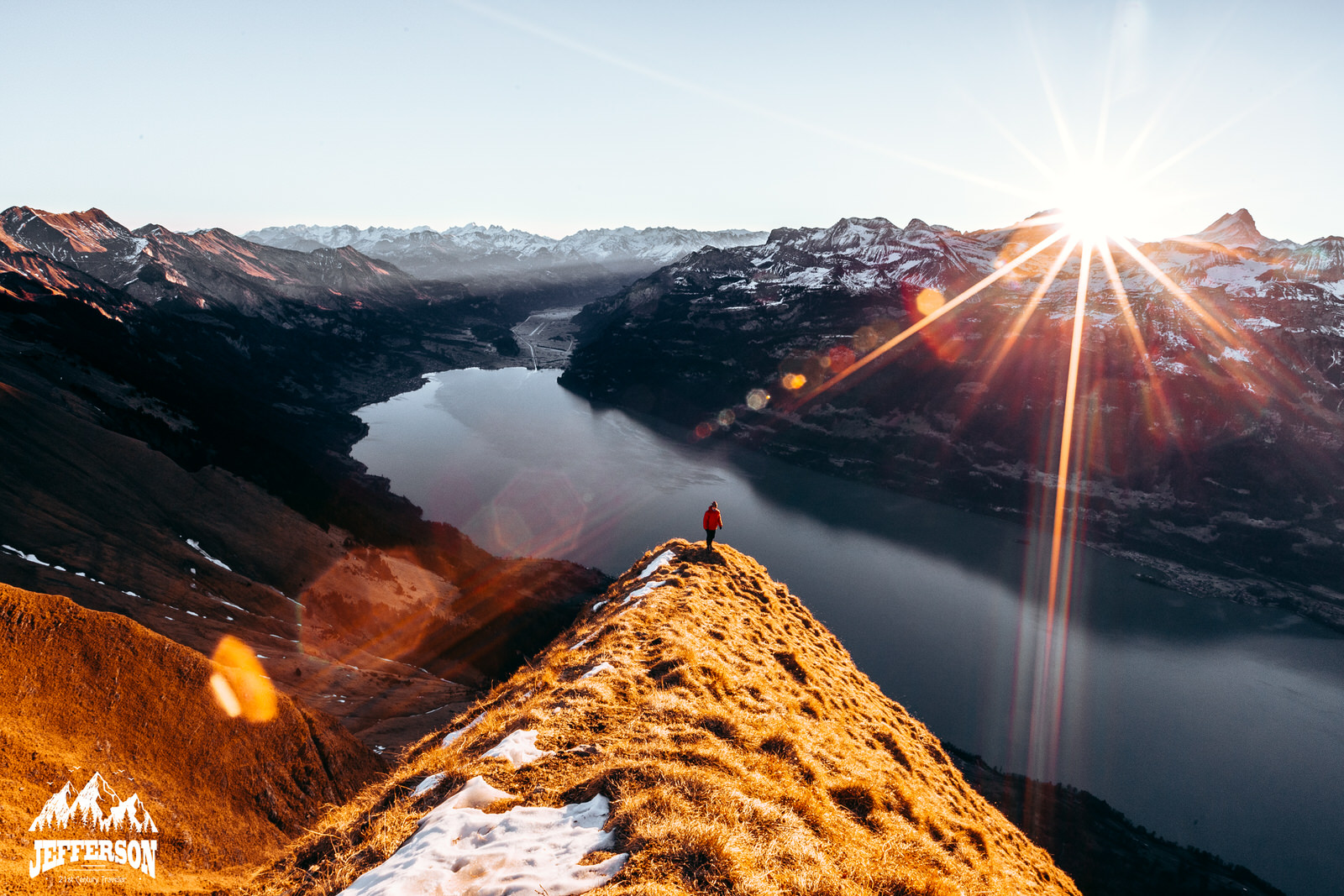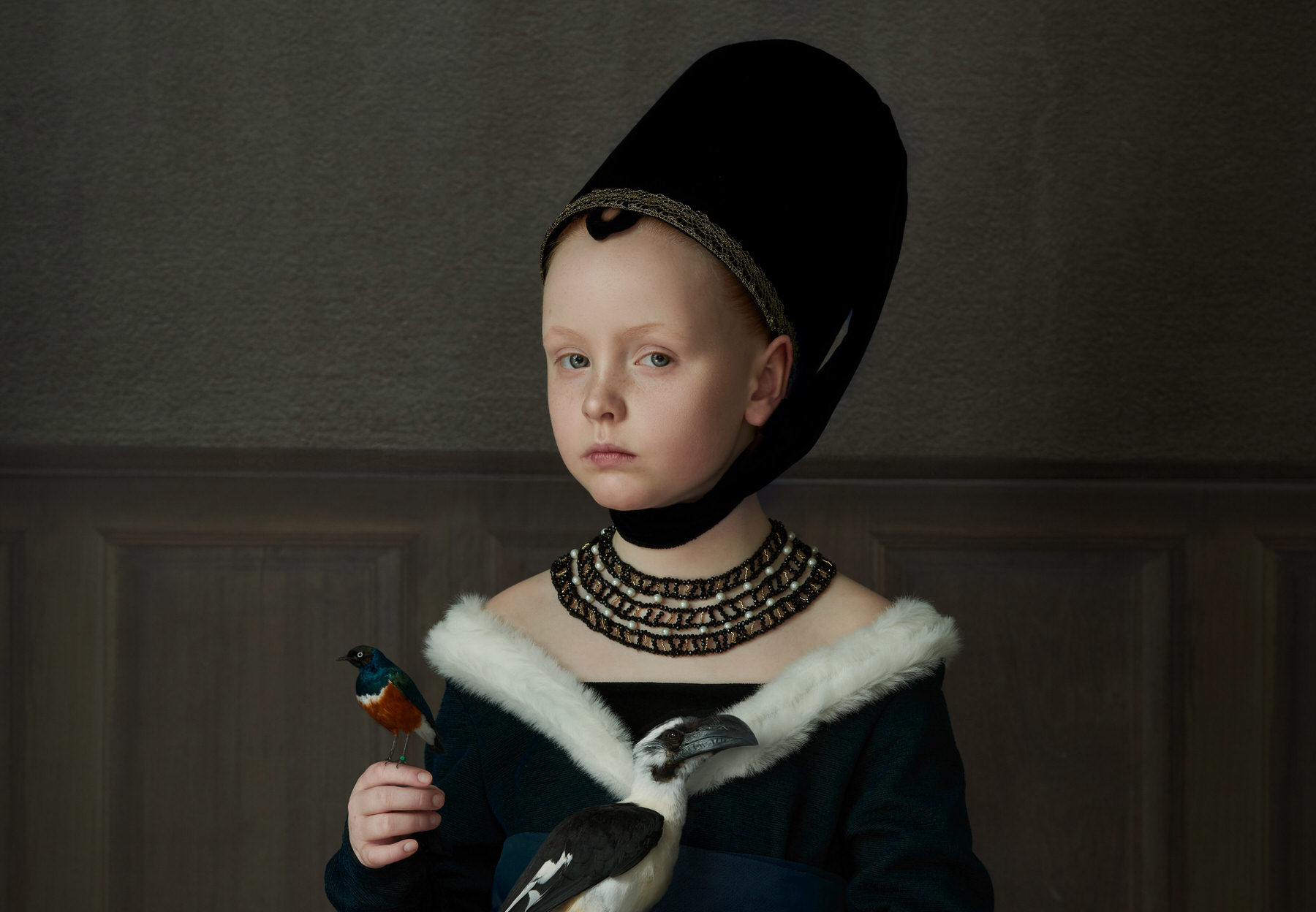
Taking Rembrandt-Like Photos Using Old Master Artist Techniques with Gemmy Woud-Binnendijk
Gemmy Woud-Binnendijk is a Dutch fine art photographer whose style is inspired by Old Master painters. Learning about art history from a young age, Woud-Binnendijk combines the Chiaroscuro principle and the Sfumato technique to emulate the classic style of Dutch Golden Age masters like Rembrandt and Vermeer. In our interview, we talk about what it means to be an artist; how she became drawn to light to create depth in her portraits; and what she gets out of teaching workshops.
When did you begin to consider yourself a photographer or an artist?
GWB: I don’t know if I am a photographer because you always hear the discussion, what’s a photographer, what’s not? There are still photographers around who think you are not a photographer when you do Photoshop. So I don’t know what I am. I just like to make images. I don’t know if I should call myself a photographer or an artist or I just love to make images and that’s it.
I started using the camera for this kind of work two years ago, and before that, as long as I can remember, I was always painting and drawing and sketching. Since I could hold a pencil, I was already drawing. So I don’t know if you’re an artist when you’re a baby! I just want to do what I do and I don’t know if that needs a stamp or a sign that says, “I am an artist,” or, “I’m this or I’m that.”
What artists or photographers have influenced your work or inspired your work? Obviously, your photos, your images, are emulating some of the great masters’ paintings. But what was it that made you go down this particular medium of making art?
GWB: You know, I’m Dutch and in Holland you get an education in art history, so you know who Rembrandt and Vermeer, etc. are when you are very young. It’s kind of like it is a part of you. I always painted in that style.
After I got my camera, I went to the zoo and photographed a lot of animals. But after a few weeks or months, I was like, okay, I have enough elephants and lions and penguins. I was looking for something that I could connect with. I did one wedding that wasn’t a success, so I do respect all the wedding photographers. And I did one newborn shoot that also wasn’t a success.
I was really looking for something that I could connect with, kind of like I did with painting. One day, I came across a Facebook ad from a photographer who did fine art photography. I hadn’t seen studio light or a strobe at that time, so this was my first meet-and-greet with strobes, I guess. I did that one afternoon and I was hooked. From then on, 24/7, I was online and looking at all the tutorials I could find on lighting and gear, and how to light, how to shoot low-key, all that. I really felt like this was a kind of connection with the painting I did. Everything seemed to fit at that point.
Then I got interested in photographs and photographers, so that was a whole new world for me two years ago. But of course Erwin Olaf, he’s a big hero for me. Kirsty Mitchell also, but in a totally different way. So the photographers who take images and create a kind of stillness without a lot of the dynamics.
When you begin your process of creating an image, do you have any habits that are part of the beginning stage of creating?
GWB: Oh, I have a lot of those! I work with Nadia Veenhof, a makeup artist; we are kind of like a team. Sometimes she has an idea, or I have an idea and I think, okay, that’s the way I’m gonna go. I try to collect everything, like colors and paintings, that are relevant to that art or I make my own costumes. My glue gun is my best friend because I also like to craft a lot of the things that I use in my images. So it really becomes something that’s personal. Also with the backdrops, we paint a lot of art on the backdrops. I guess I have to put something personal in every single image, something that I craft or something that I paint. Maybe that’s my biggest habit.
What do you do if something is not working during a shoot or when you are coming up with a concept? What’s your response to a creative obstacle or having a creative block?
GWB: Still keep on going. I work until I am satisfied or until I finally get the shot. We had one photoshoot and the model was very late so we did it in the middle of the night. I wanted to take this photo so much that the whole team stayed until 3:00 am.
Every image that I took in the past, I am not emotionally connected to it anymore because once it’s done, it’s done; I’m on to the next thing. And if I look back at all my images now, I see so many mistakes and I see so many things I would like to do in another way, or do over. I think I take every mistake I make into the next shoot to make it better and not make the same mistake again. I really try to learn from all the shoots and what goes wrong and I try to solve it when I can, but if I can’t then I try to see it as a learning process and take that with me into the next shoot.
If you were to be captured in a photo without any limitations on reality, what would be happening in that photo?
GWB: I guess a lot of chaos, a lot of weirdness! I think a lot of surreal circumstances. It would be a really weird photo with a lot of chaos.
We’re always curious to know what creative people are reading. Are you reading any books right now?
GWB: I’m so tied up with image making now that I am always behind my computer! It takes all my time, so I’m not really able to read right now. It’s terrible, isn’t it? I know that’s not the most intelligent or good answer, but it’s an honest answer!
Do you have a particular image that is particularly meaningful to you, or that you feel opened up your creativity or your process to new opportunities or possibilities?
GWB: Yeah, I guess that was with the albino sisters. That was definitely a shift for me. That was the first shoot that I worked with Nadia on. There was a lot of emotion involved because people with albinism have a rough time, throughout the world and in Italy, where we were shooting. It is still kind of like Africa where they associate albinism with witchcraft. For me, it was definitely about trying to make an image that really showed how beautiful they are. We shot in Rome and the circumstances were terrible because we didn’t have a studio. We had an office space where someone was working, and all the strobes were bad ones and we had to keep everything in place with water bottles. So that was kind of a one-of-a-kind shoot for me. I am still emotionally connected to those images.
What impact are you hoping to make in your work? What is it that drives you to do this work?
GWB: It’s an opportunity to create. That’s my biggest urge; I have to create things. I am so happy that I found my passion, found something that makes me happy. It gives me a lot of satisfaction that I can make images and translate things in colors, shapes, ideas, and transform them into something that you can touch or see.
I don’t have the dream to become rich; I just want to make images. Also, when I do my workshops it’s so satisfying to see people going home with a big smile and feeling that, “Okay, this is so great; I can do this with my camera. Wow.” And that happens to me almost every time I have a shoot, like butterflies in your stomach. That’s my biggest reward. I don’t have big dreams or big goals; I just want to make things.
What is the focus of your workshops now? How much of your time would you say goes to that compared to what goes to making your images?
GWB: I try not to do them as much as I could because I think it’s really important to have fun at your own workshop and not do an automatic thing. Last year, I think I did three or four workshops, and that was enough because then you stay passionate about what you do, what you teach and what you show people. I don’t think you can give as much if you do them every week or every two weeks or whatever. I like the teaching part, but I also like the creative part. I think I would rather spend 80 percent of my time creating and 20 percent on workshops than the other way around.
Do you have any particular quotes or mantras, anything that you repeat to yourself to stay balanced or focused?
GWB: Yes. I think the one that I say most of the time when I’m doing workshops is, “Just learn to trust your eyes.” There is so much information and so many numbers and calculations, especially with strobe lighting and things like that, and I think it really helps when you learn to trust your eyes and not the theory that’s written down.
If you learn to trust your eyes, then you can shoot in every circumstance because you are not dependent on something that was written in a book under completely different circumstances. Just keep it simple.
People get lost in all that information and don’t know what to do anymore. Just make what you think is good and not what other people think is good. Stay true to yourself. That’s my most important lesson.
You can see more of Gemmy Woud-Binnendijk’s fine art photography on her website and Instagram.
